The exhibition Steven Shearer: Sleep, Death’s Own Brother takes as its point of departure Sleep II (2015), a monumental collage made up of thousands of found images—all of them JPEGs sourced online—depicting people asleep. A breathtaking tour de force balancing color, scale, structure, and subject matter, the sprawling mosaic shows a wide variety of somnolent states, from the peaceful and the comedic to the ecstatic and downright morbid. Titled after a line from Hesiod’s eighth-century BC epic poem Theogony (“Harmful Night, veiled in dusky fog, carries in her arms Sleep, Death’s own brother”), the exhibition revolves around this uneasy proximity (“brotherhood”) between death and sleep, a recurring trope in Shearer’s art. Built around the George Economou Collection’s substantial holdings of Steven Shearer’s work in painting and printed matter, Sleep, Death’s Own Brother proposes an in-depth look at the oeuvre of this Vancouver-based artist from the transgressive thematic perspective of the lifeless body, which is sometimes truly, sometimes only seemingly dead.
Steven Shearer first gained renown in the early 2000s with a range of works rooted in his deeply personal affinity with seventies teen culture and the proletarian aesthetic of the global metal underground, which the artist continues to mine for iconographic references, however serendipitous, to canonical art history. One of the earliest works in the exhibition, Man Sitting (2006), is exemplary of his transhistorical strategy of image-making: while the source for the painting is a grainy black-and-white photograph of a long-haired shirtless drummer behind his kit, Shearer transforms the image into a hieratic portrait of a brooding youth sitting inside a claustrophobic interior, with delirious echoes of the world of Edvard Munch. (This same Munchian gloom informs the portrait The Sickly Fauve (2014).)
Shearer’s frequent references to the gothic sensibility of late medieval Old Master painting and visual culture reflect the morbid preoccupations of his subject matter; like the ballpoint drawing Band (2004), based on an infamous group portrait of—nomen est omen—death metal pioneers Obituary, hanging from nooses. Band appears in the exhibition beside another macabre masterpiece from the George Economou Collection, Rudolf Schlichter’s watercolor drawing The Artist with Two Hanged Women (1924), while similarly lugubrious works by Schlichter’s contemporary Otto Dix provide further historical backstory. Death, of course, is one of art history’s truly immortal concerns.
In two of Shearer’s most ambitious recent paintings, Atheist’s Commission (2018) and Potter (2021), Christological overtones temper the references from pop culture, reminding us that the brotherhood between death and sleep is one of the founding principles of the legend of Christ. Whence the bedside mourning for Christ in Andrea Mantegna’s painting Lamentation over the Dead Christ (ca. 1480): Do the Virgin Mary and Saint John not realize He might be merely asleep?
At the entrance of the exhibition, a small-scale, red-toned portrait, The Green Collector (2021), who clutches a diminutive blue model, welcomes the viewer to Shearer’s world. Once inside, the “spell of Hypnos” works its magic—along with art’s uncanny powers to bring the inanimate to life.
The exhibition is curated by Dieter Roelstraete in close collaboration with the artist and Skarlet Smatana, Director of the George Economou Collection. A publication with essays by Roelstraete, Nicholas Cullinan and Silvia Montiglio will accompany the exhibition.


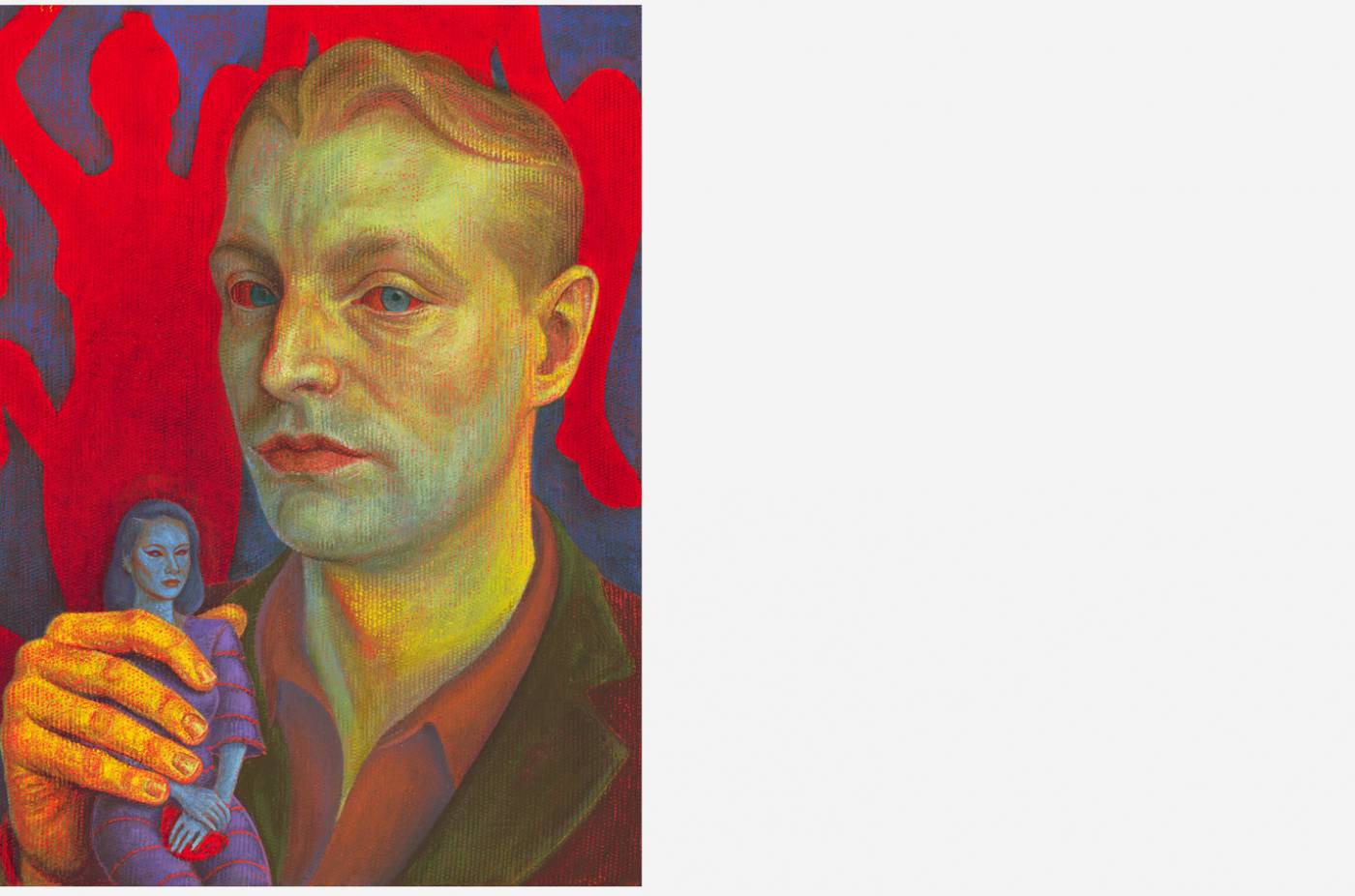
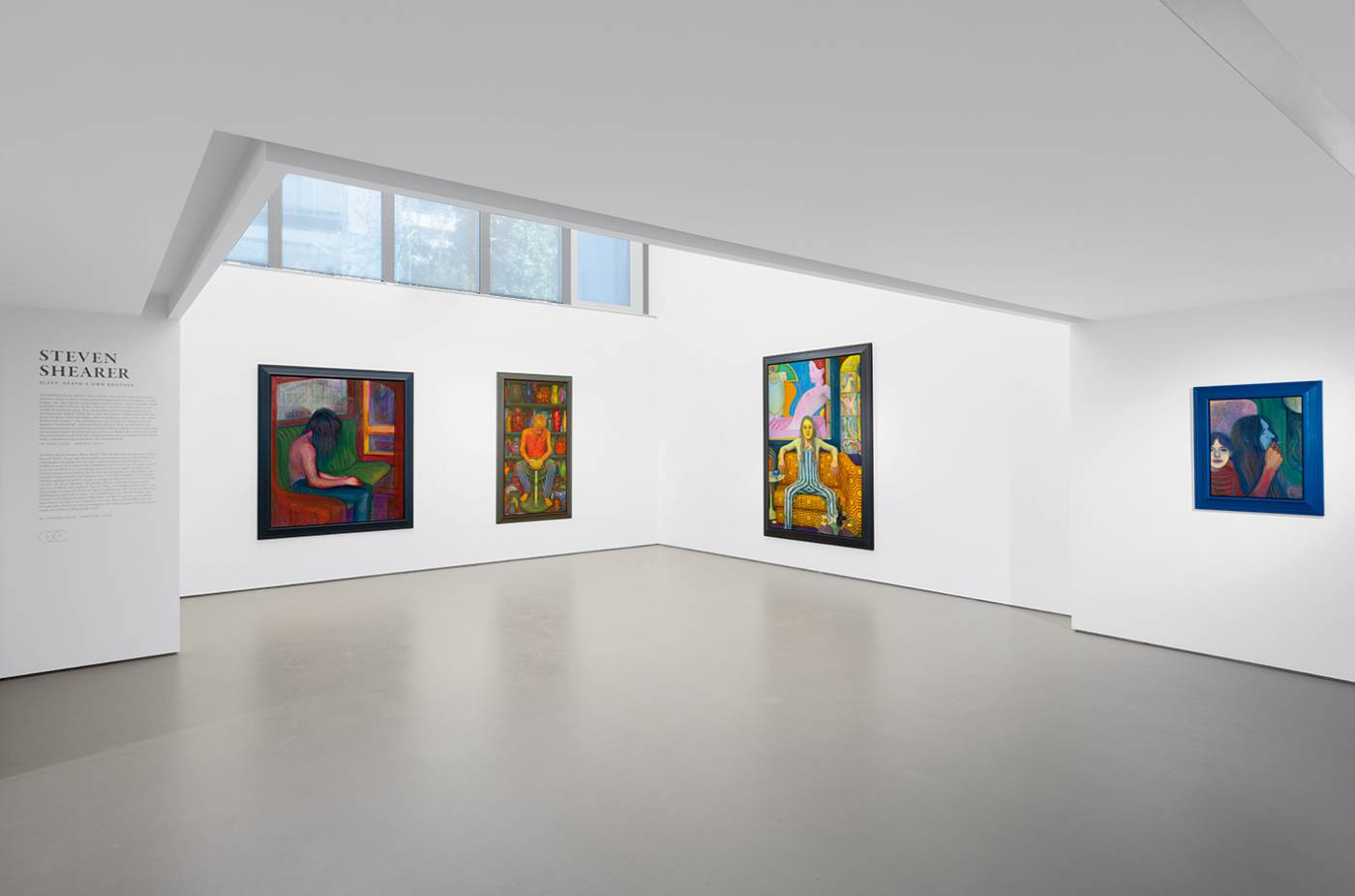
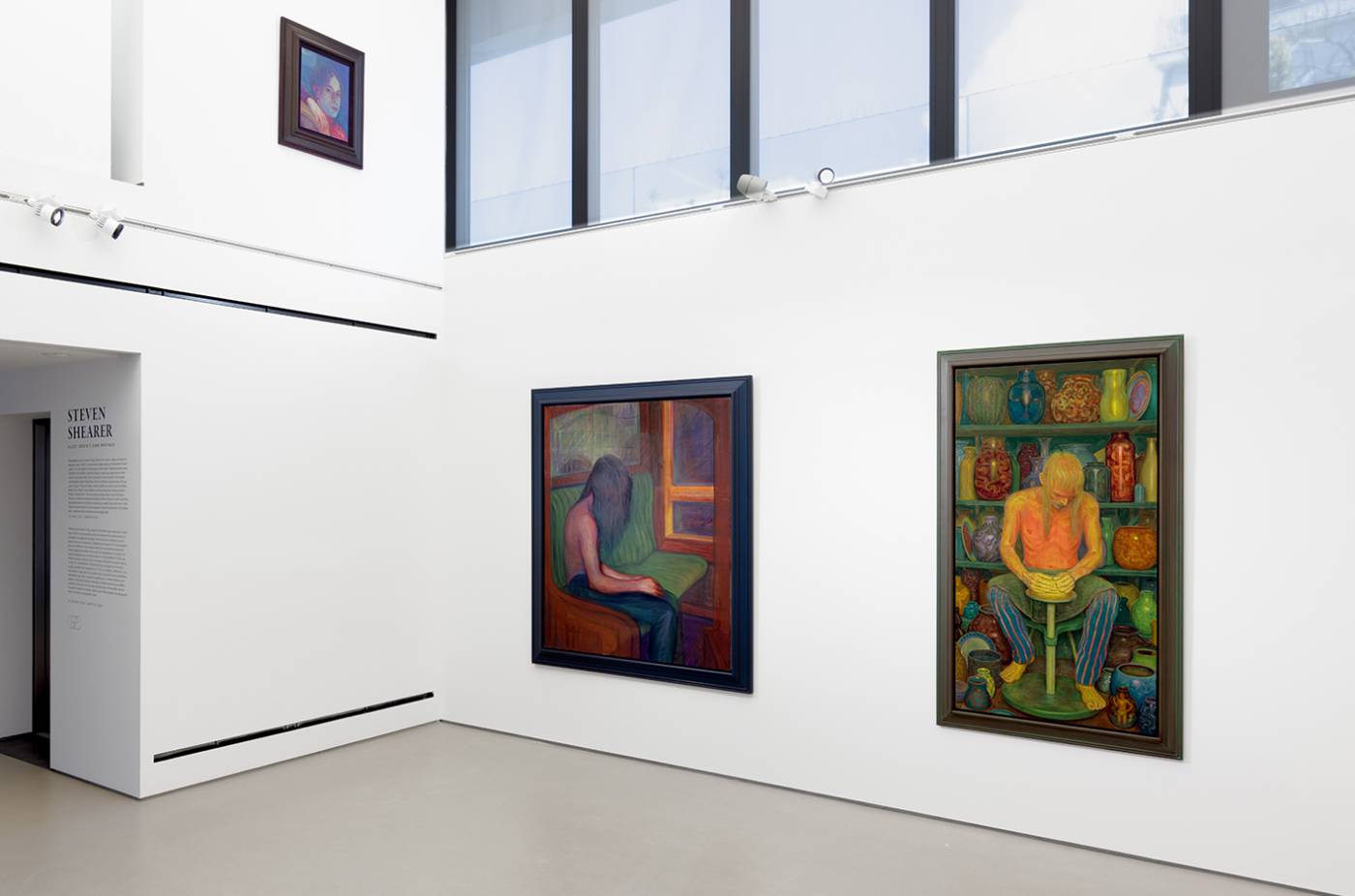
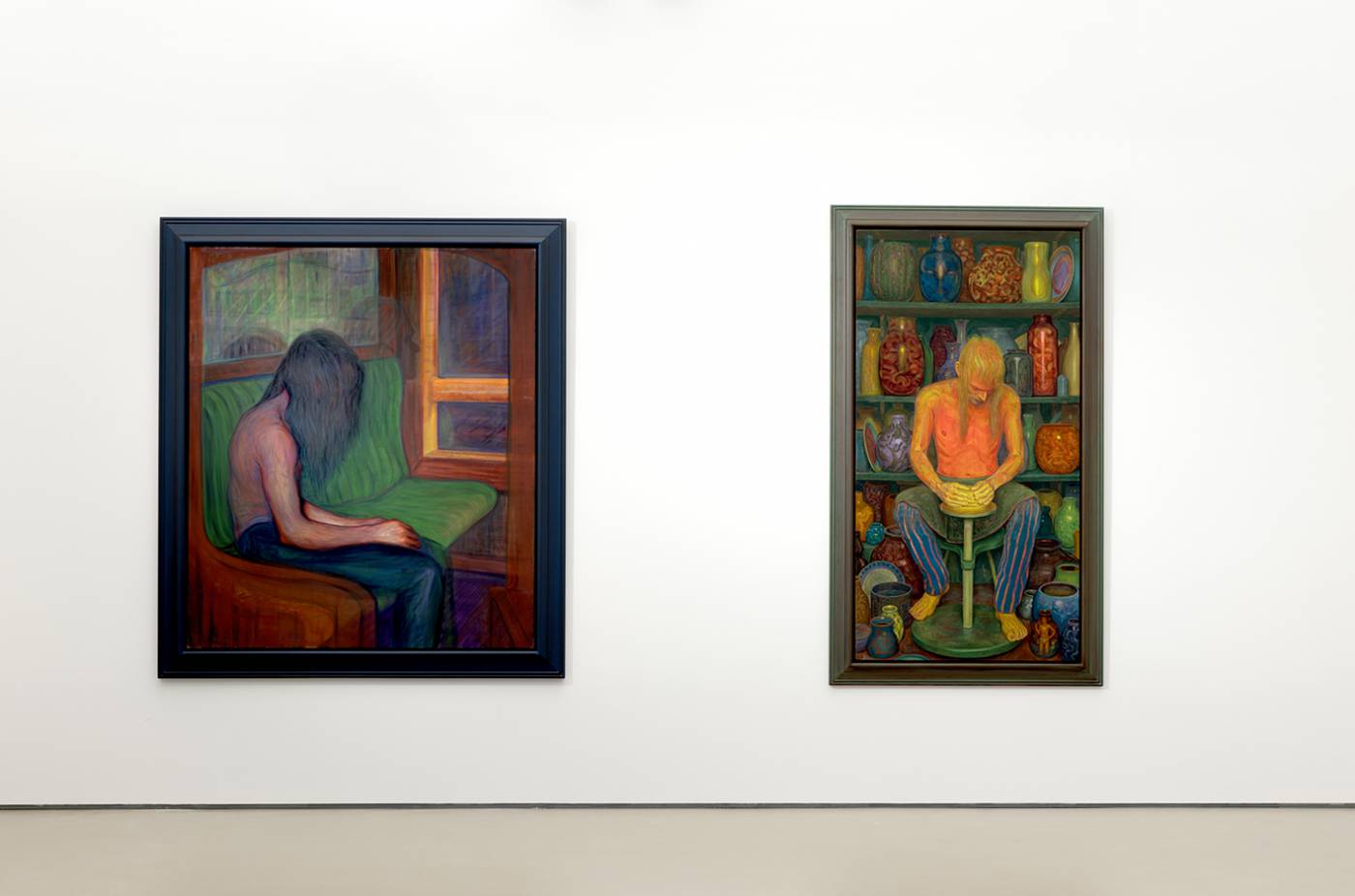
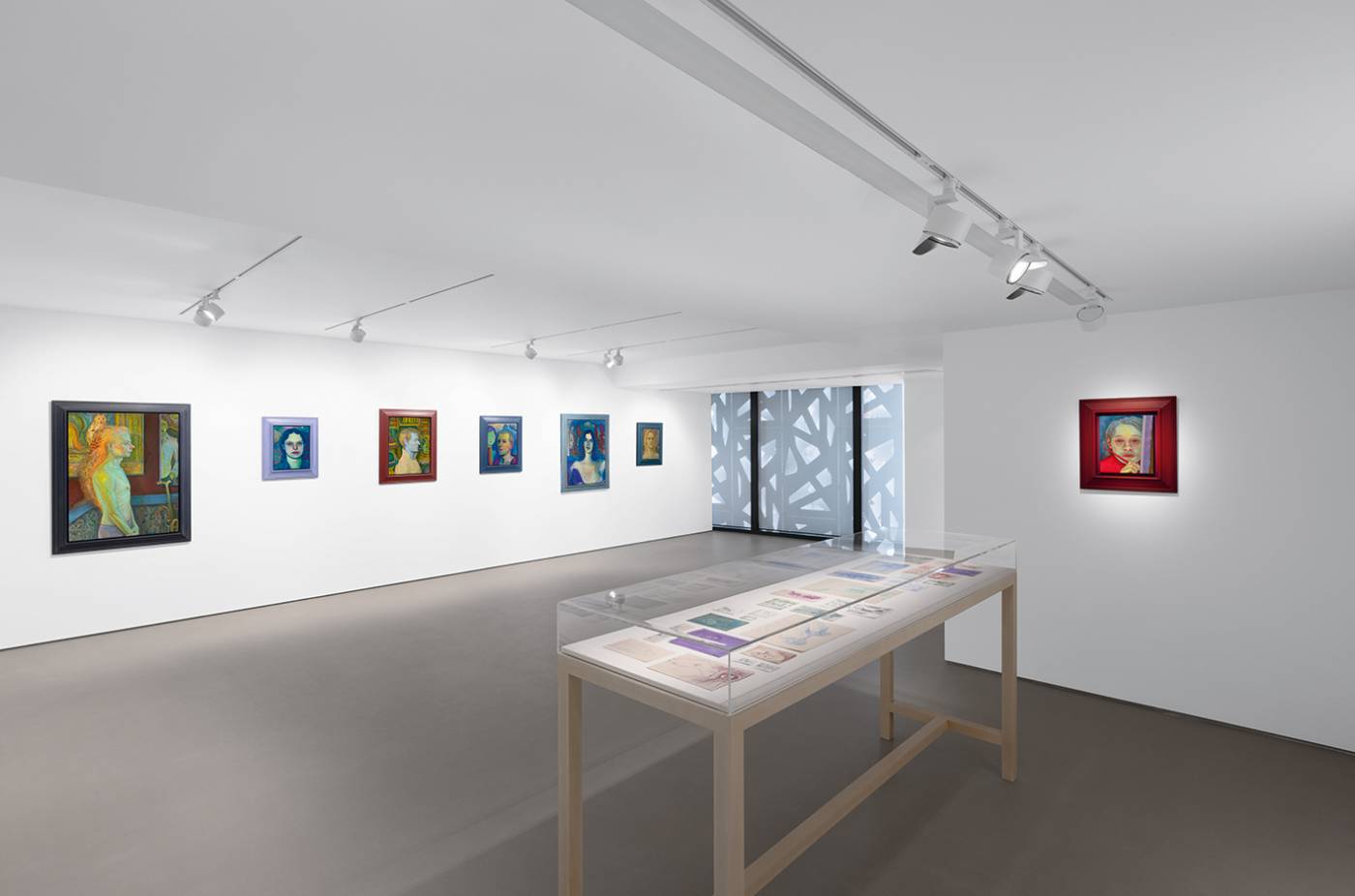
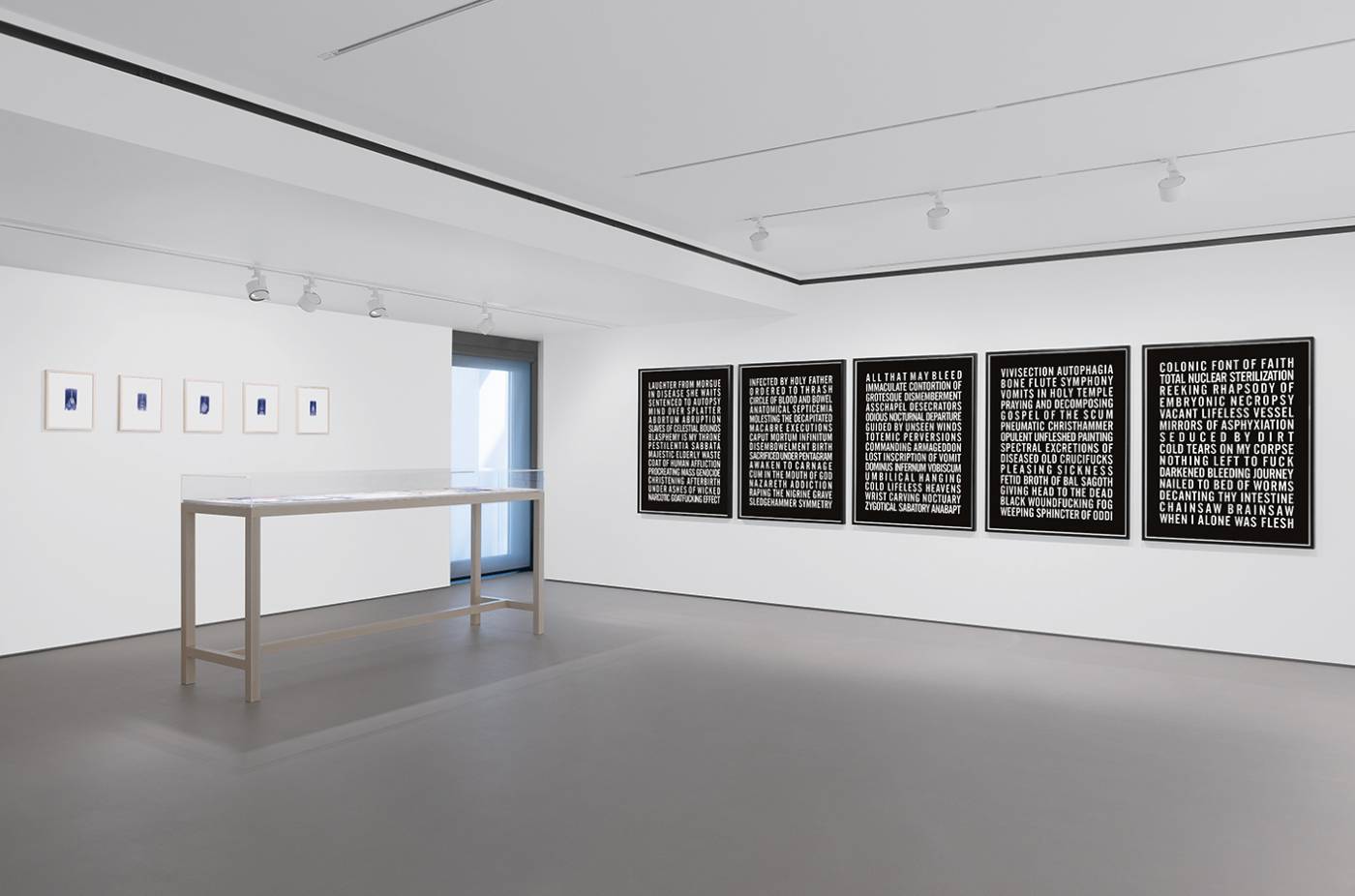
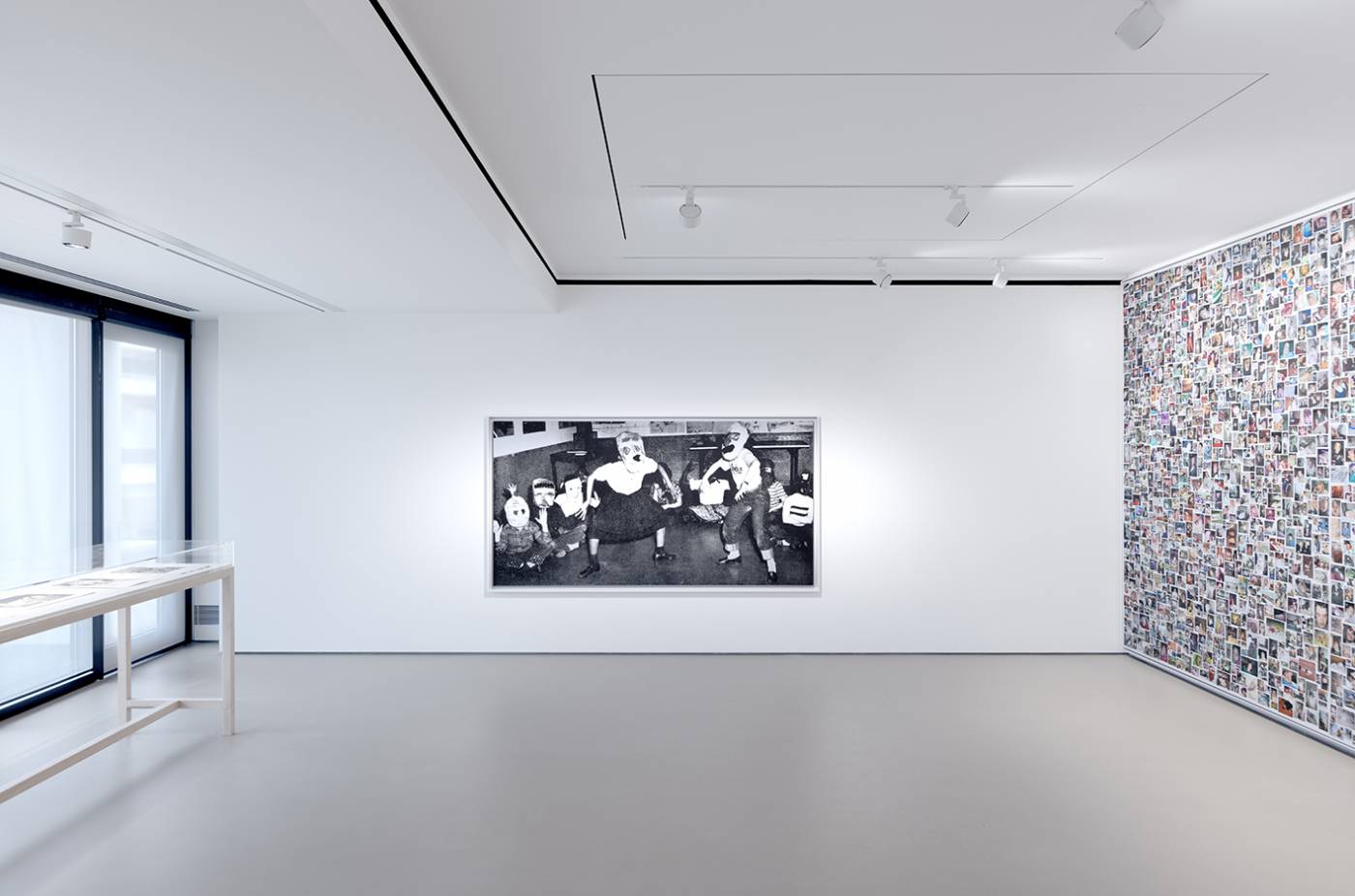
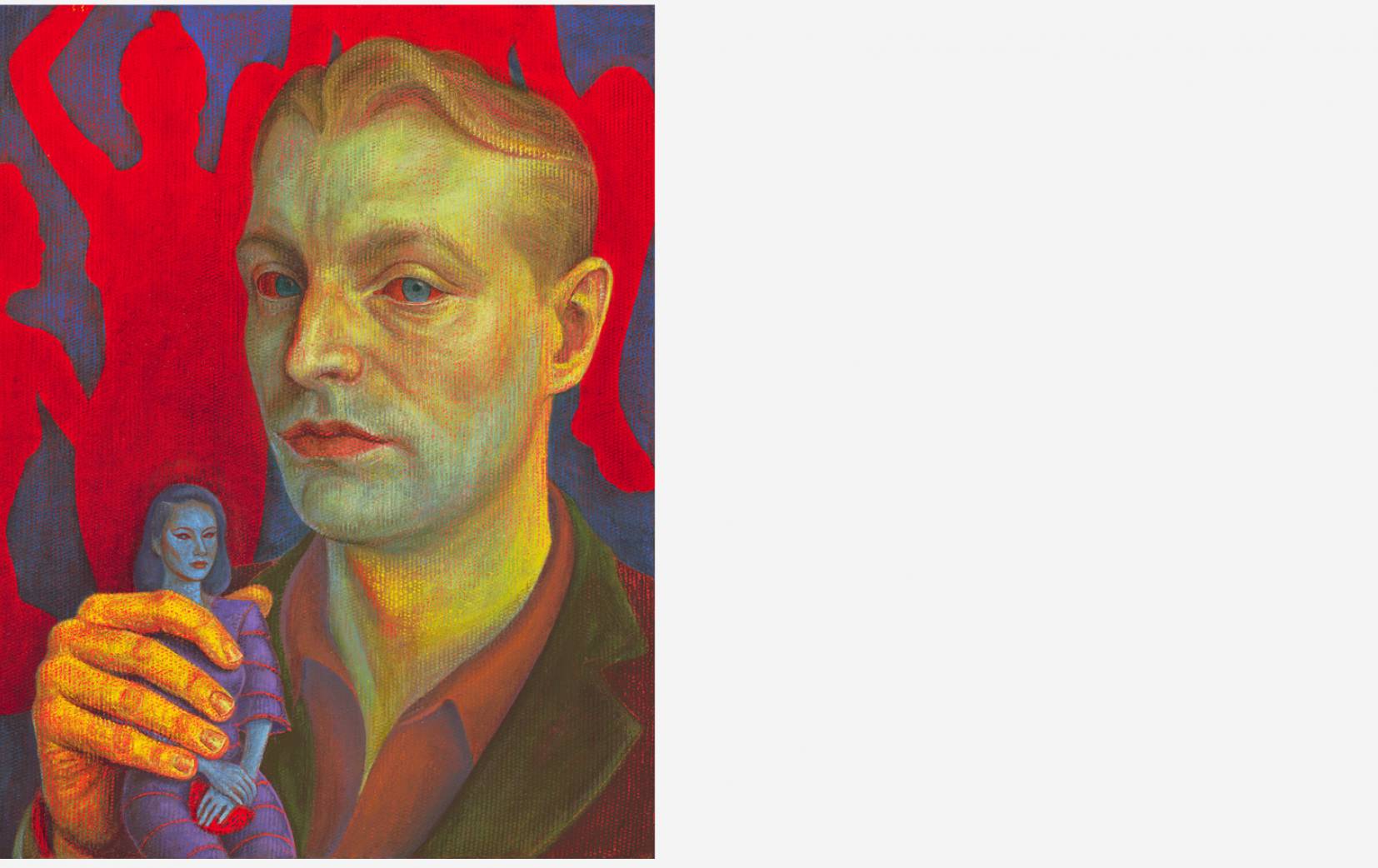
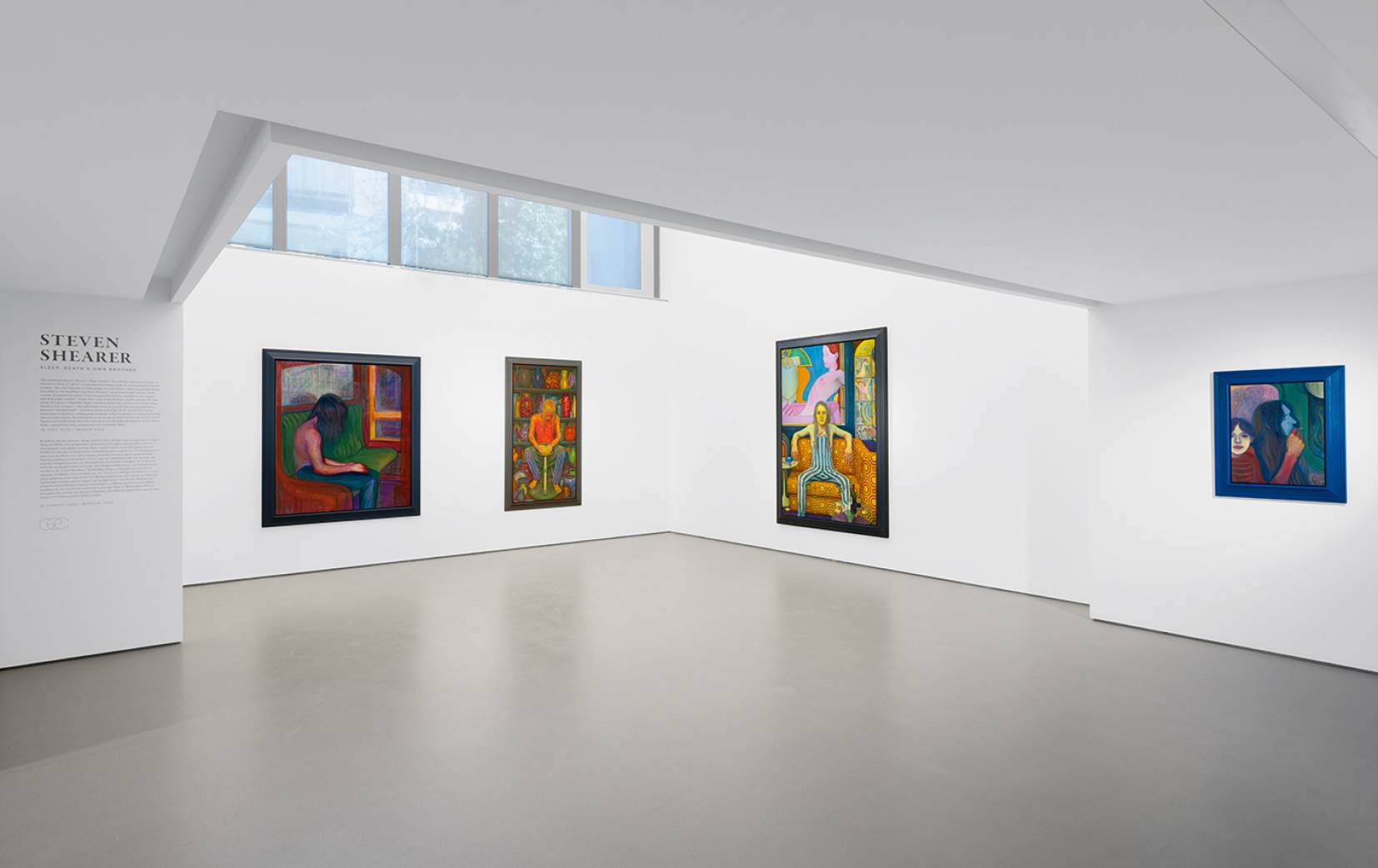
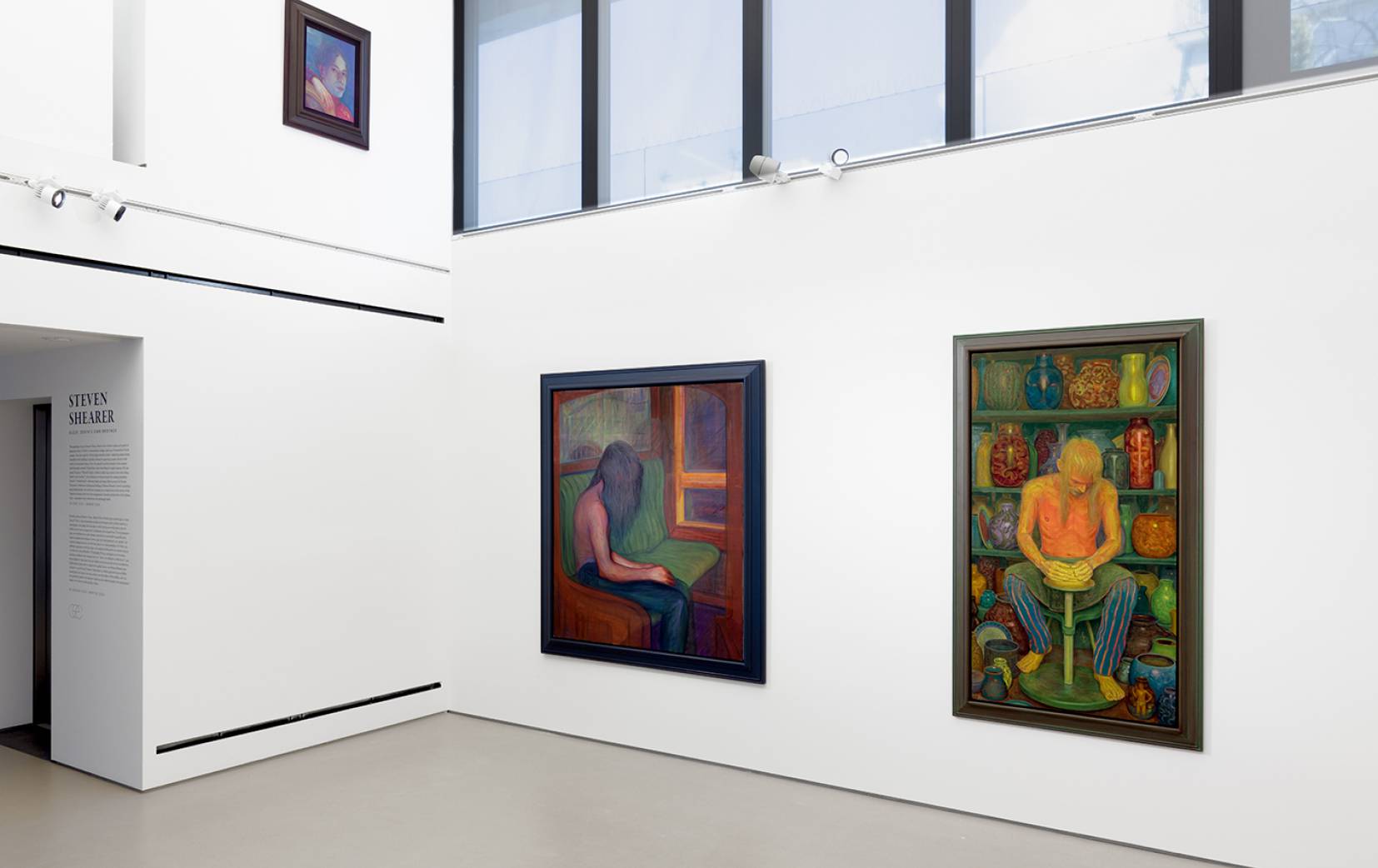
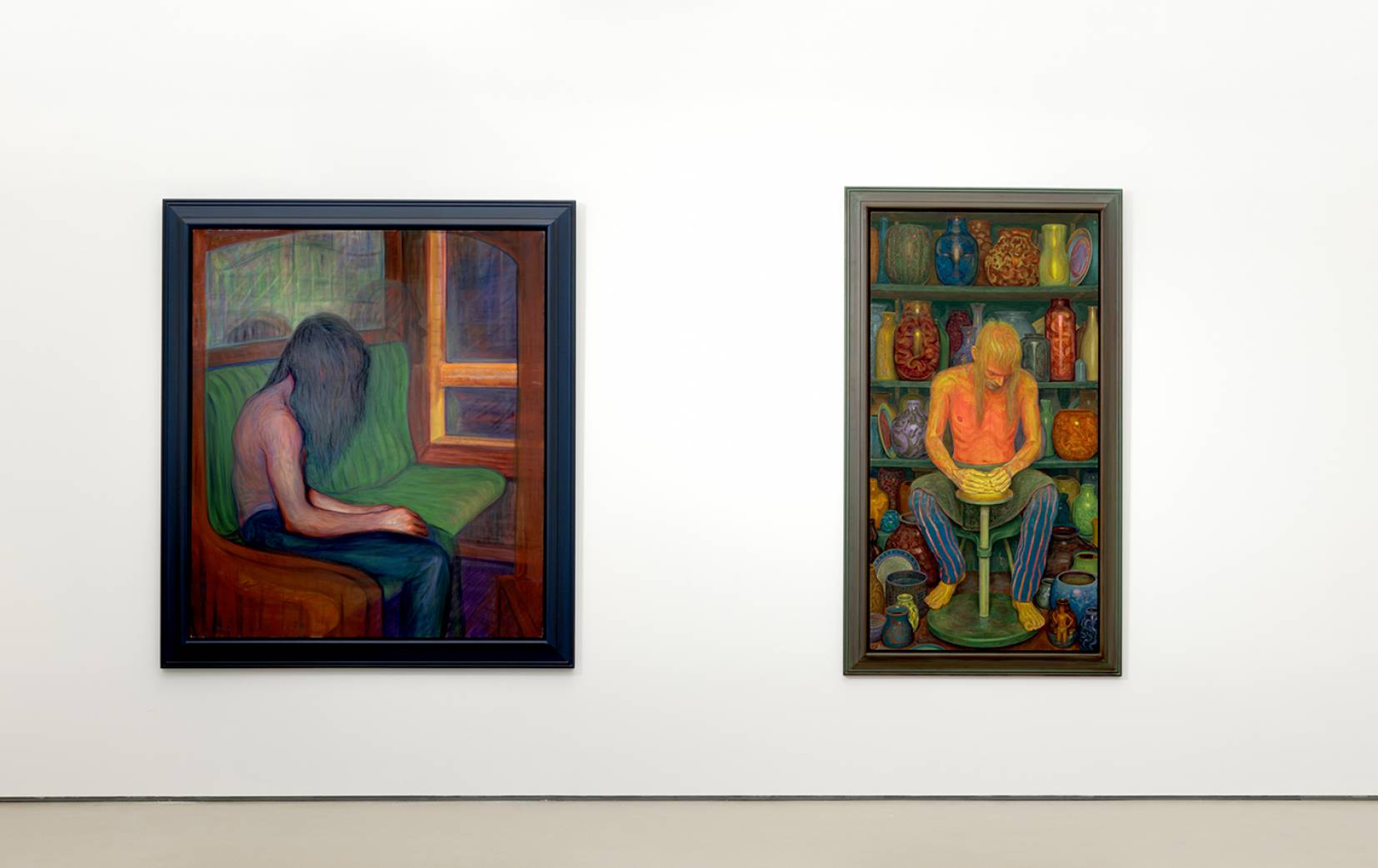
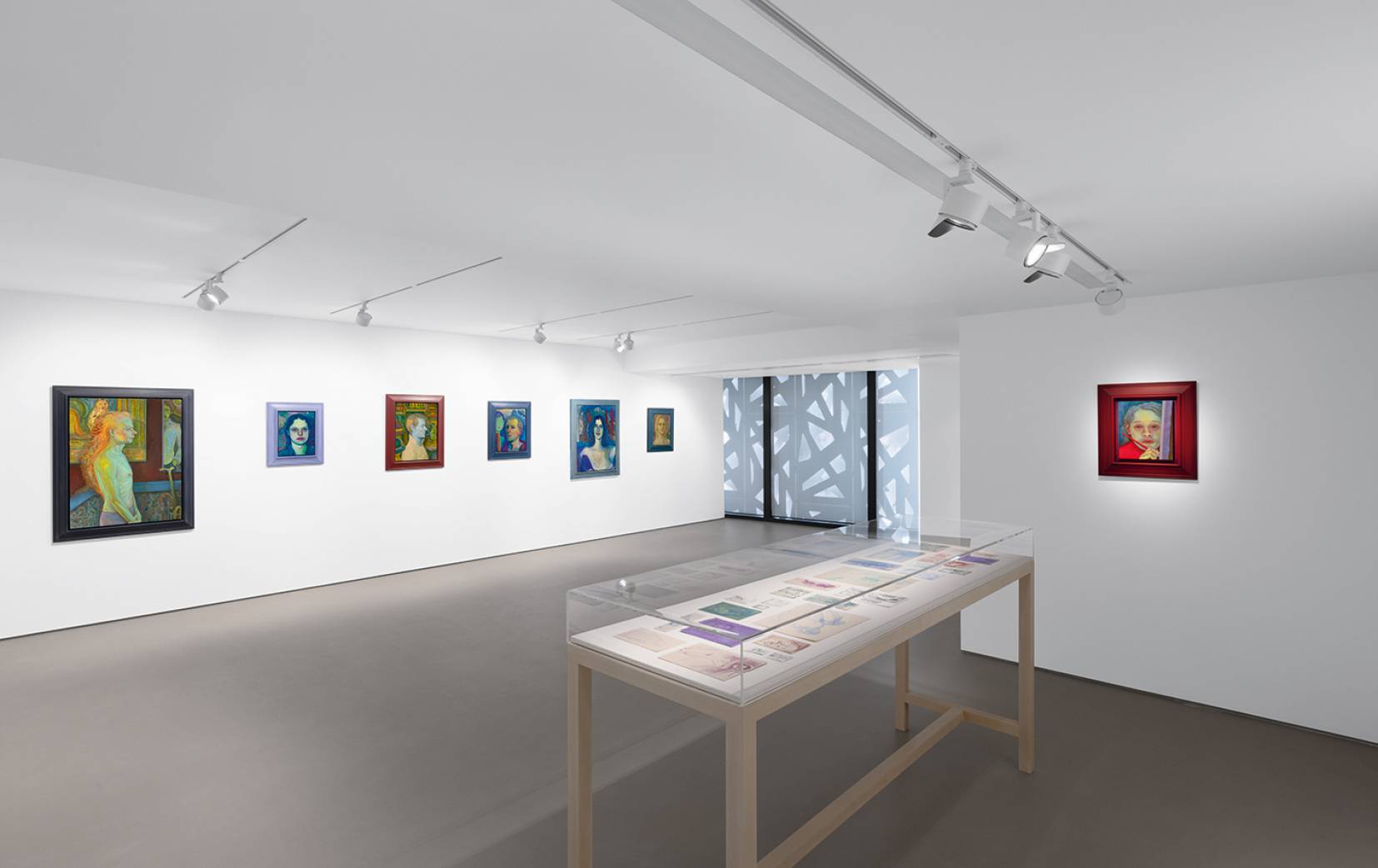
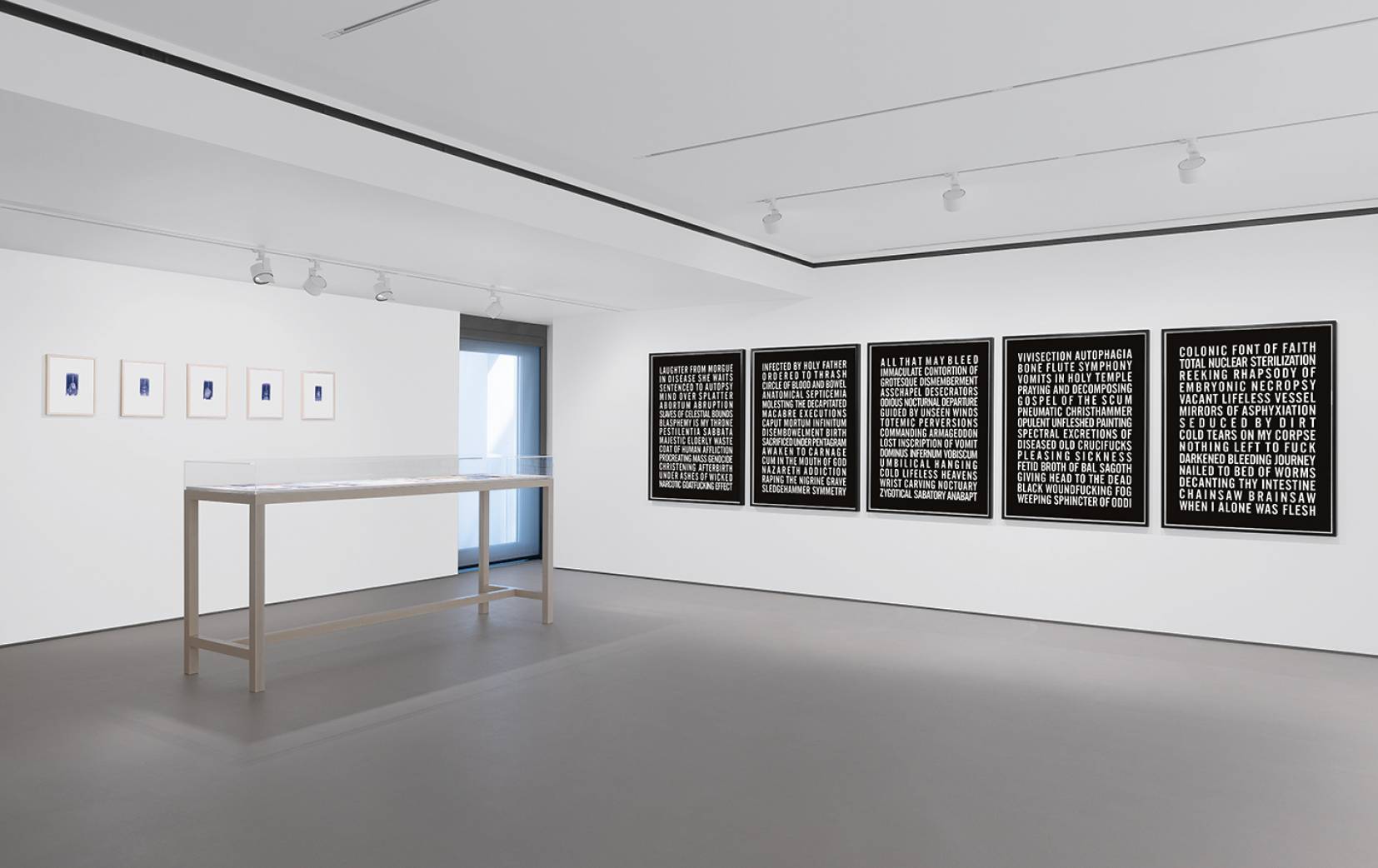
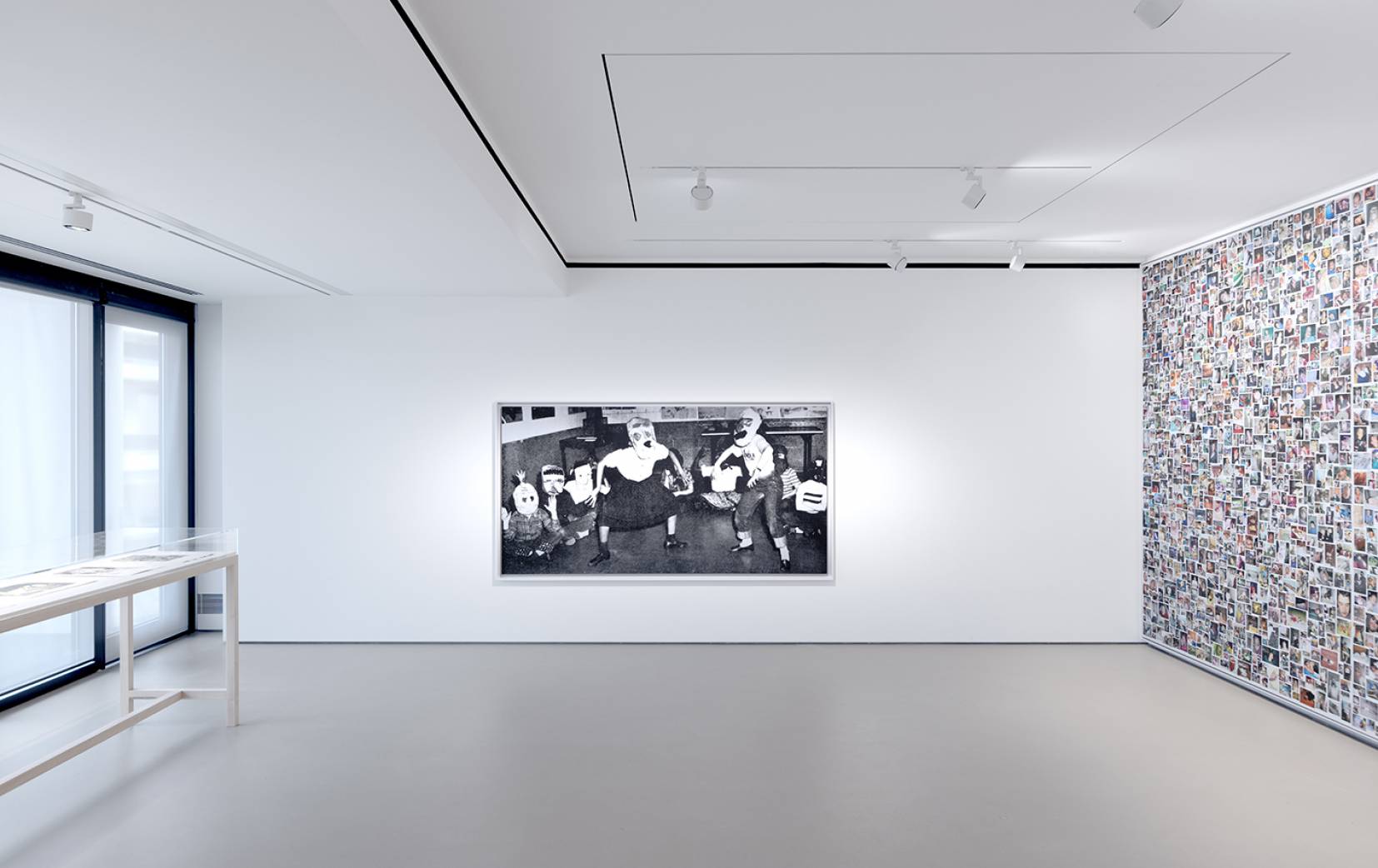


 Dieter Roelstraete, curator of the Neubauer Collegium for Culture and Society at the University of Chicago, in discussion with Skarlet Smatana, Director of the Economou Collection
Dieter Roelstraete, curator of the Neubauer Collegium for Culture and Society at the University of Chicago, in discussion with Skarlet Smatana, Director of the Economou Collection